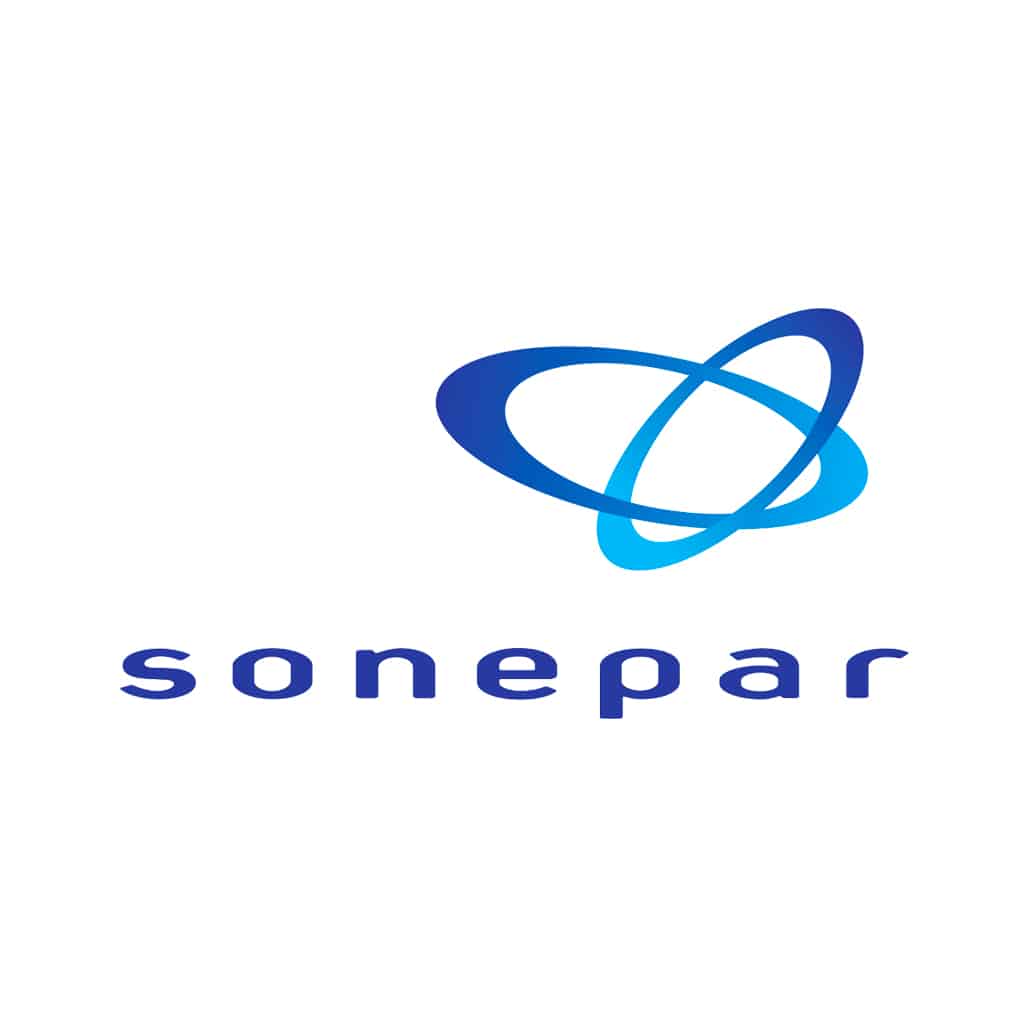A 100% hybrid/electric fleet

Piloting the initiative, the Sonepar Group’s French unit has launched an ambitious project to convert its entire corporate fleet by 2022 and to equip its network of more than 500 locations with charging stations to accelerate the energy transition among employees and customers. An estimated 5,000 tCO2e will be avoided.
Main project's drivers for reducing the greenhouse gas (GHG) emissions
Energy and resource efficiency
Energy Decarbonisation
Energy efficiency improvements
Improving efficiency in non-energy resources
Emission removal
Financing low-carbon issuers or disinvestment from carbon assets
Reduction of other greenhouse gases emission
Project objectives
Sonepar France’s fleet consists of more than 2,000 ‘commercial’ vehicles, which together account for 10% of its carbon footprint. The project therefore aims to reduce the fleet’s carbon footprint by 30%. This reduction will result from the conversion of 100% of the fleet vehicles. An additional goal of the initiative is to set the example as a leader in the distribution of electrical products, helping to speed up the roll-out of this energy transition solution.
The pilot project launched in France includes:
- A hybrid/electric fleet: roll-out of a hybrid/electric fleet for all employees who use a corporate car (around 2,000) by mid-2022.
- Employee change management: a service offer encouraging employees to choose electric over hybrid solutions, with a corporate card for topping up their car at one of 20,000 charging stations across France, a long-distance vehicle rental option and a home charging station installation service.
- Eco-driving: introduction of an eco-driving training course for all employees before they take the wheel of a corporate car. Trainees are given the information they need to reduce their energy consumption by some 10% to 20%.
- Charging stations across the network: installation of around 1,800 charging stations across all Sonepar locations, including head offices, branches and logistics platforms.
- Optimised energy management: implementation of a centralised management system for all the charging stations to optimise charging times and, in turn, the consumption level of the entire fleet.
Emission scope(s)
on which the project has a significant impact
- Emission scopes
- Description and quantification of associated GHG emissions
- Clarification on the calculation
Scope 1
Direct emissions generated by the company's activity.
Scope 2
Indirect emissions associated with the company's electricity and heat consumption.
Scope 3
Emissions induced (upstream or downstream) by the company's activities, products and/or services in its value chain.
Emission Removal
Carbon sinks creation, (BECCS, CCU/S, …)
Avoided Emissions
Emissions avoided by the activities, products and/or services in charge of the project, or by the financing of emission reduction projects.
Scope 1 – Reduction of fossil fuel consumption
- Quantification : -4231 tCO2e
Scope 2 – Electricity consumption from charging stations
- Quantification : +166 tCO2e
Scope 3 – Reduction of upstream energy consumption
- Quantification: – 1028 tCO2e
Pre-project situation | Post-project situation |
Diesel consumption = 3,492,617 litres/year Electricity consumption = 0 MWh/year Diesel emission factor = 2.51 kgCO2/l Upstream diesel emission factor = 0.657 kgCO2/l Electricity emission factor = 0.395 tCO2/MWh Upstream electricity emission factor = 0.176 tCO2/MWh | Diesel consumption = 1,863,138 litres/year Electricity consumption = 4,507 MWh/year Diesel emission factor = 2.51 kgCO2/l Upstream diesel emission factor = 0.657 kgCO2/l Electricity emission factor = 0.3689 tCO2/MWh Upstream electricity emission factor = 0.176 tCO2/MWh |
Initial CO2 emissions = 11,061 tCO2e Broken down as follows: · Scope 1 = 8,766 tCO2e · Scope 2 = 0 · Scope 3 = 2,295 tCO2e | Final CO2 emissions = 6,157 tCO2e 5,093 tCO2e avoided as follows: · Scope 1 = -4,231 tCO2e · Scope 2 = +166 tCO2e · Scope 3 = -1,028 tCO2e |
Key points
Invested amount
€5.3m in Opex Roll-out of the hybrid/electric vehicle fleet of France €2.7m in Capex (€700k net of subsidies) Installation of the charging station network of France
Starting date of the project
2020
Project localisation
France
Project maturity level
Prototype laboratory test (TRL 7)
Real life testing (TRL 7-8)
Pre-commercial prototype (TRL 9)
Small-scale implementation
Medium to large scale implementation
Economic profitability of the project (ROI)
Short term (0-3years)
Middle term (4-10 years)
Long term (> 10 years)
Illustrations of the project
The Sonepar Group wants to accelerate progress on sustainable development objectives, particularly in terms of climate action and clean, responsible energy.
Project in the process of being replicated in the 40 countries where Sonepar operates including Austria, Belgium, Brazil, France, Germany, Italy, UK, Mexico, Spain, Sweden, Switzerland, Netherlands and USA.
An initial estimate of the potential reduction in the Group’s footprint with a 25% EV/75% hybrid fleet is as follows: 33,000 tCO2e
Several partnerships have been established between Sonepar and Chargepoint, Schneider Electric, Legrand, and Hager.
Contact the company :
Matt Pothecary, Chief Communications and Sustainability Officer, matt.pothecary@sonepar.com Tanguy Griffon, Group Sustainability & Energy Transition Director, tanguy.griffon@sonepar.com Baptiste Mesmain, Manager Performance Durable, baptiste.mesmain@sonepar.fr Marie Stauffenegger, Sustainability Engineer, vimemarie.stauffenegger@sonepar.com
